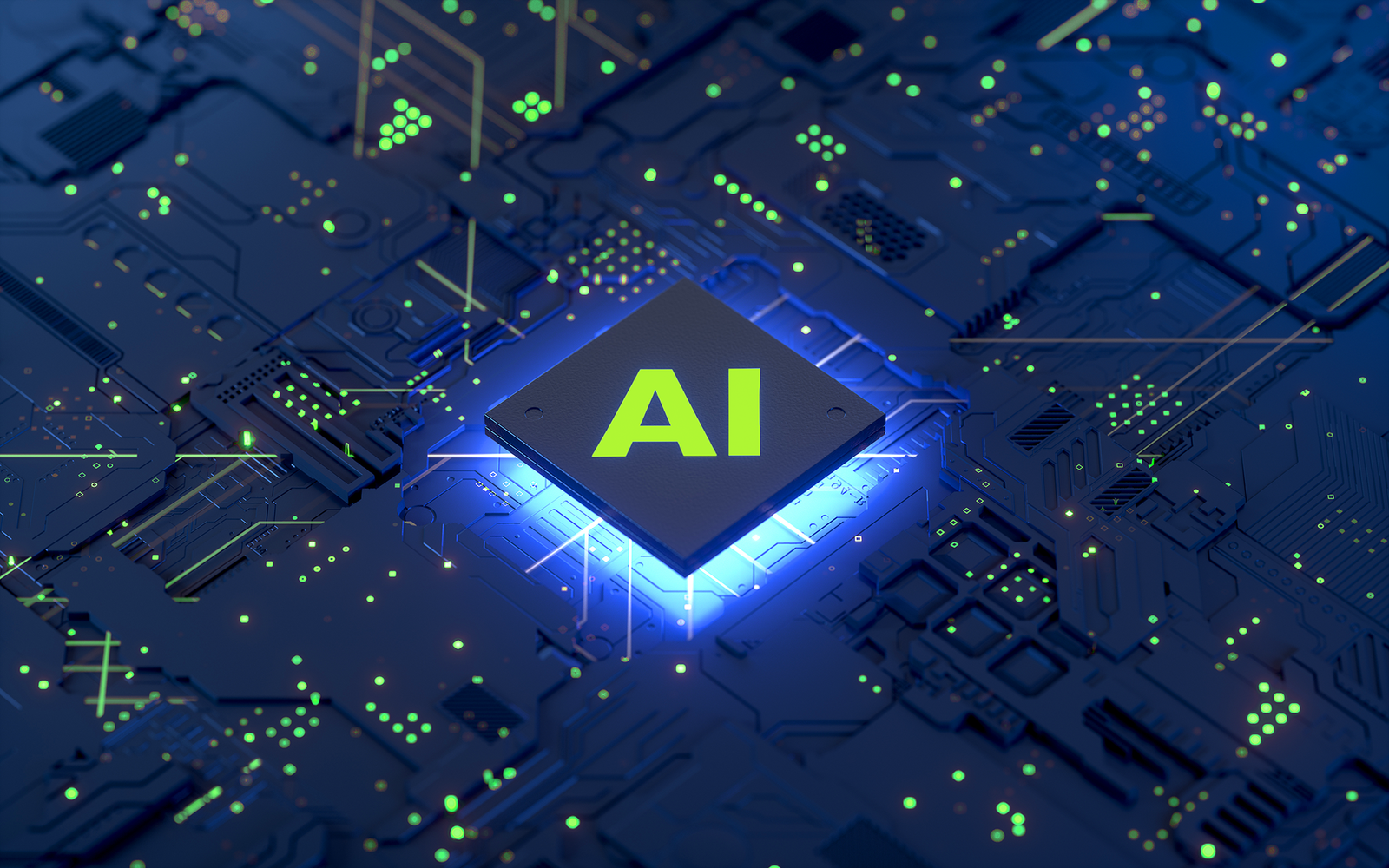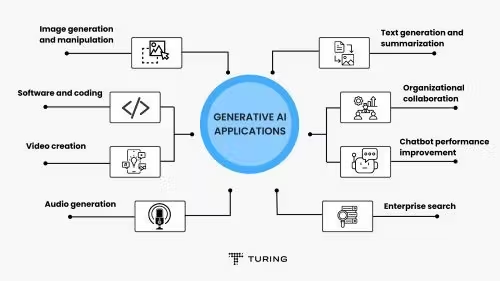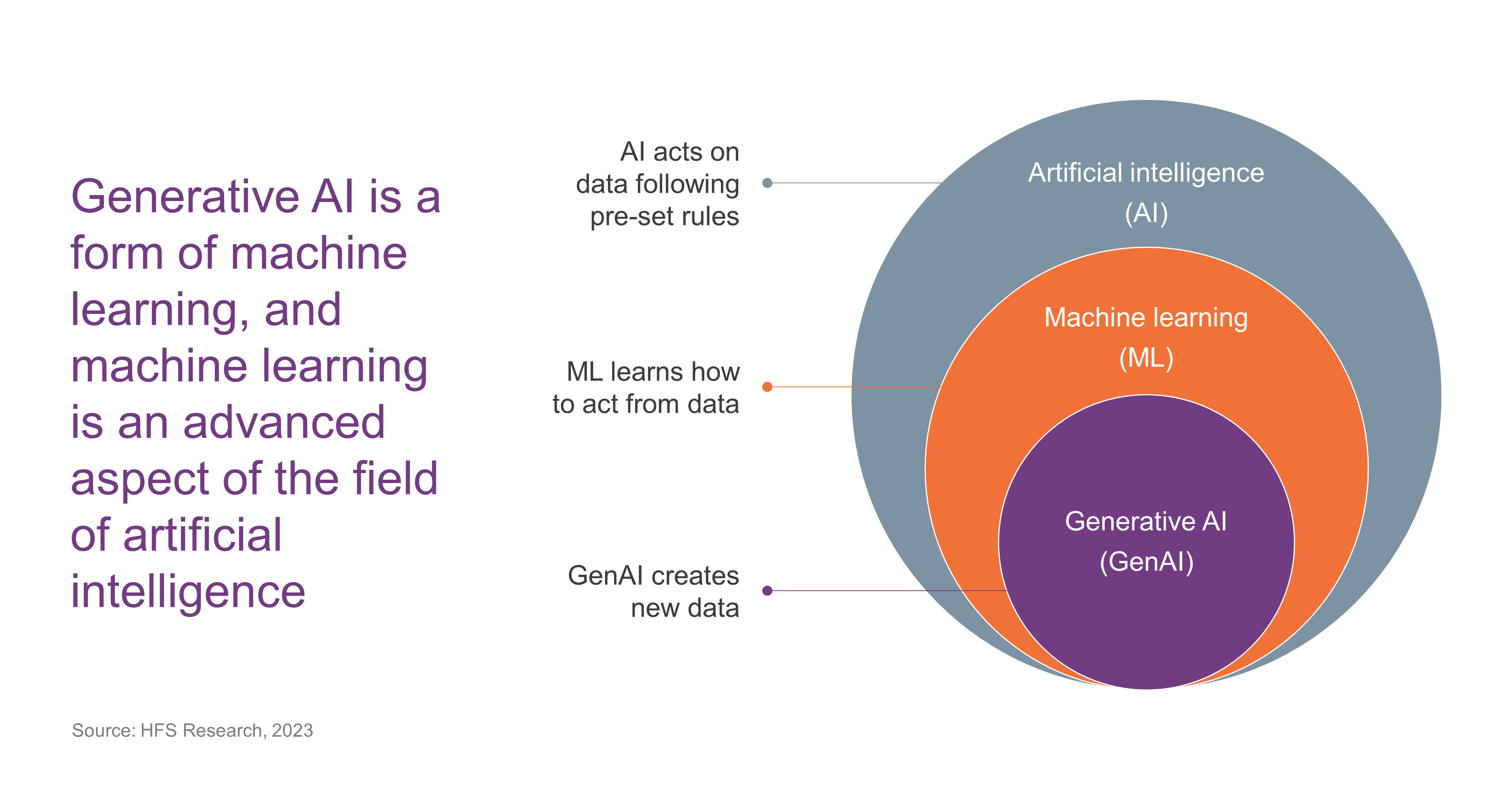Generative AI 101: Quick Start Guide
 Mehreen Mallick Fiona
Mehreen Mallick Fiona
Generative AI has become a buzzword in the technology world, representing a groundbreaking shift in how we create and interact with digital content. But what exactly is generative AI, and why is it so important in today’s tech landscape? In simple terms, generative AI refers to a subset of artificial intelligence that focuses on generating new content, such as images, text, music, or even entire virtual environments, by learning patterns from existing data. Unlike traditional AI, which is often designed to classify data or predict outcomes, generative AI can produce original and creative outputs, making it a powerful tool across various industries.
In this article, we will dive into the fascinating world of generative AI, exploring its historical context, how it works, the popular models driving its advancements, and its wide-ranging applications. Whether you're a tech enthusiast or a complete beginner, this guide will give you a comprehensive understanding of generative AI and its potential to revolutionize the future.
Historical Context
To understand the current state of generative AI, it’s essential to look back at its origins. The roots of AI can be traced to the 1950s when early pioneers like Alan Turing began exploring the concept of machines that could simulate human intelligence. Turing's famous question, "Can machines think?" laid the foundation for AI research, though the field remained relatively niche for several decades.

As computational power increased and data became more accessible, AI began to evolve. The development of machine learning in the 1980s marked a significant shift, enabling computers to learn from data rather than being explicitly programmed. By the 2000s, the rise of neural networks, inspired by the human brain's architecture, further propelled AI's capabilities. These networks became the building blocks for deep learning, a subset of machine learning that uses layered neural networks to analyze and generate complex data patterns.
One of the most critical milestones in the evolution of AI was the advent of generative models. These models, unlike traditional predictive models, are designed to generate new data points. The introduction of Generative Adversarial Networks (GANs) in 2014 by Ian Goodfellow was a breakthrough moment, opening the door to the creation of highly realistic images, videos, and other media content.
How Generative AI Works?
Generative AI is powered by neural networks, deep learning, and sometimes reinforcement learning. Popular generative AI models include GANs, which generate realistic images by pitting two networks against each other, and Transformer models, like GPT, which excel at generating human-like text.The core technologies driving generative AI include neural networks, deep learning, and reinforcement learning.
Neural Networks: At the heart of generative AI are neural networks, which are computational models inspired by the human brain. These networks consist of layers of interconnected nodes (neurons) that process data and learn patterns through training.
Deep Learning: Deep learning is a subset of machine learning that uses multiple layers of neural networks to analyze data. Each layer extracts increasingly abstract features from the input data, allowing the model to understand complex patterns. For example, in image generation, the first layer might identify edges, the second layer might recognize shapes, and subsequent layers could detect objects or entire scenes.
Reinforcement Learning: Reinforcement learning involves training an AI model through trial and error. The model receives feedback in the form of rewards or penalties based on its actions, enabling it to learn optimal strategies over time. While not always used in generative AI, reinforcement learning can be particularly useful in scenarios where the AI needs to make sequential decisions, such as in game playing or robotics.
Applications of Generative AI
Generative AI has numerous applications across various industries, making it one of the most versatile and impactful technologies today.

Some of the key areas where generative AI is making a significant difference include:
Healthcare: In the healthcare sector, generative AI is being used to design new drugs, simulate medical procedures, and even generate synthetic data for research purposes. According to IBM, "AI has the potential to drastically reduce the time and cost of drug discovery, making it possible to bring life-saving treatments to market faster."
Entertainment: In the entertainment industry, generative AI is being used to create virtual characters, generate realistic environments in video games, and even develop personalized content for users. Disney, for example, uses AI to enhance its animation and create more immersive experiences for viewers.
Finance: Generative AI is also making its mark in the financial sector, where it is used to simulate economic scenarios, generate trading strategies, and detect fraudulent activities. As Goldman Sachs notes, "AI is revolutionizing the financial industry, providing more accurate predictions and helping firms stay ahead of the competition."
Conclusion
The future of generative AI is promising, with ongoing research and development poised to push the boundaries of what is possible. As we continue to explore and harness the potential of generative AI, it is crucial to address ethical considerations and ensure responsible use. By doing so, we can maximize the benefits of this powerful technology while mitigating potential risks, paving the way for a future where generative AI plays a pivotal role in shaping our world.
Click here to learn more:
Subscribe to my newsletter
Read articles from Mehreen Mallick Fiona directly inside your inbox. Subscribe to the newsletter, and don't miss out.
Written by

Mehreen Mallick Fiona
Mehreen Mallick Fiona
Hi, I'm Mehreen Mallick Fiona! 👋 I'm a passionate computer science and engineering undergraduate at BRAC University, diving deep into the world of technology and innovation. I'm particularly interested in cloud computing, front-end development, and AI-powered solutions. 🌩️💻 When I'm not coding or studying, I'm here to share my journey, learn from this amazing community, and collaborate on exciting projects. Let's connect and build something great together! 🚀 Feel free to check out my latest projects and articles, and don't hesitate to reach out. I'm always open to new ideas and collaborations!
